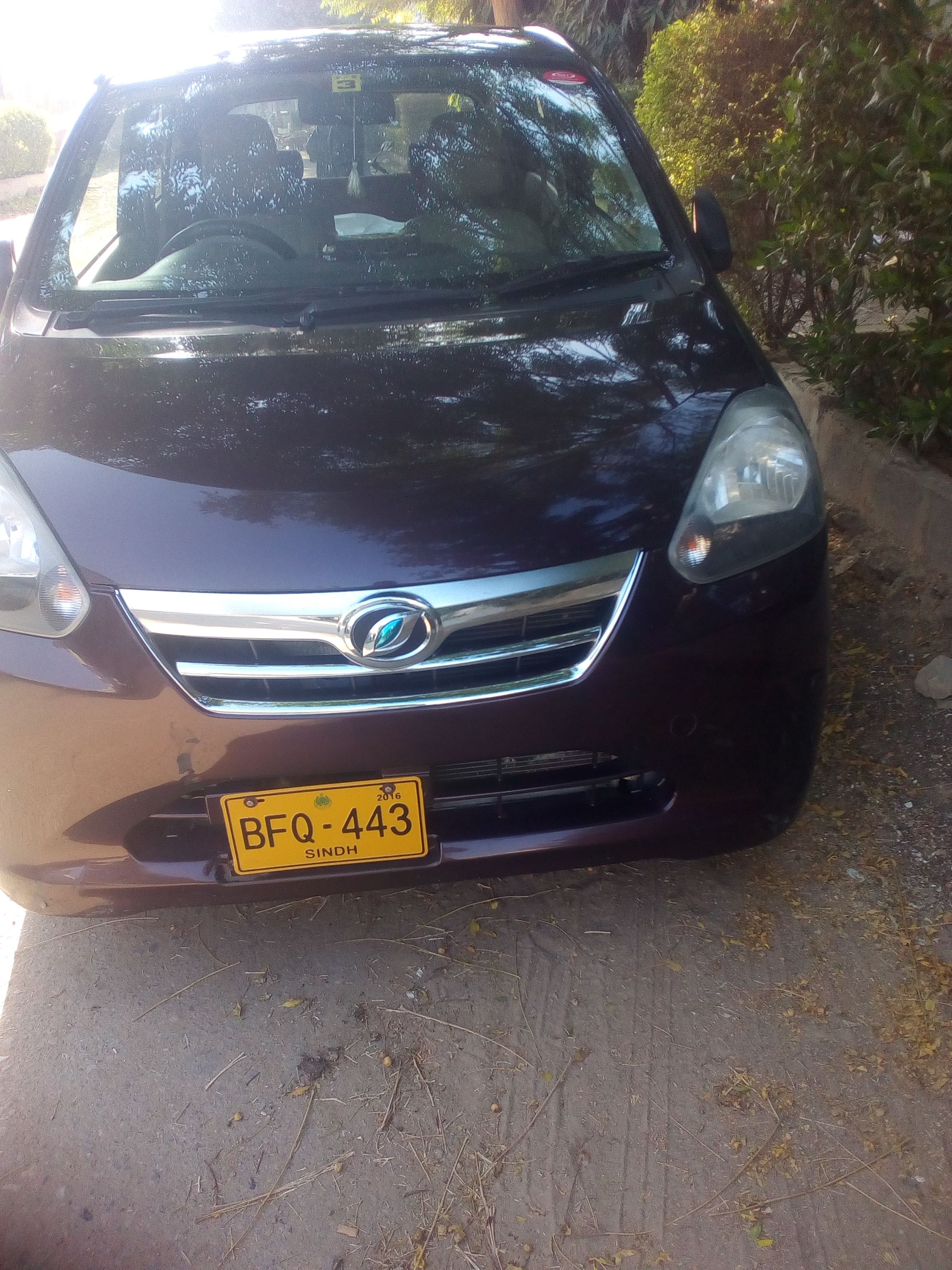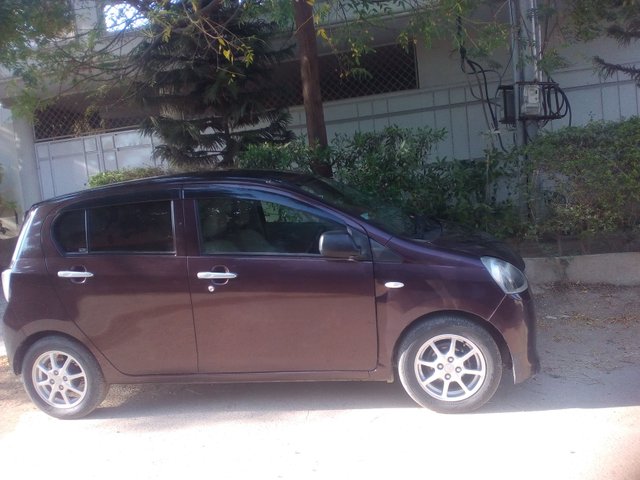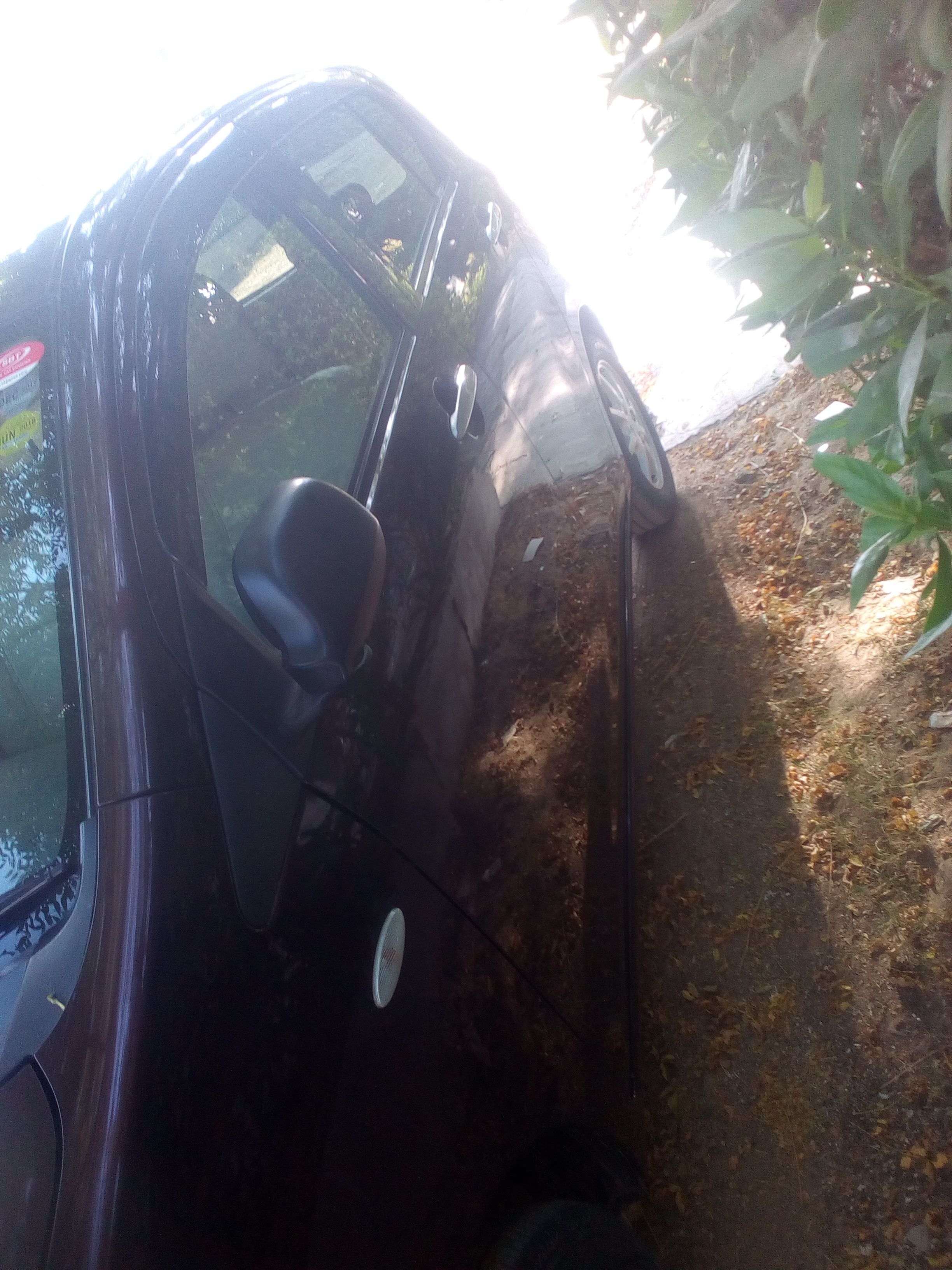He is my new car and I like my car ! and
my car is strong car and my cr name is mira The Mira is the latest successor to the line of cars begun with the Daihatsu Fellow of 1966 and was originally introduced as the commercial version of the Cuore. Outside Japan, the Mira has also been offered with an 850 cc or 1000cc engine. In Australia, the two-seater version was marketed as the Daihatsu Handivan and later as the Daihatsu Handi.[1] The name "mira" is Latin meaning "goal" or "purpose."Needless to say, as a fiction writer and an essayist, Baxter does another two things at once. What happens when we read a fiction writer in the guise of an essayist for the first time and vice versa? What differentiates the narrative of a particular writer’s essay from the narrative of a particular writer’s short story? If I had been reading the red cover of this year’s Best American series instead of the green cover, would I have questioned whether I was reading a story or not? The overall movement of Baxter’s essay is towards the artfully staggered narrative I find so often in his fiction: we begin with Baxter the narrator and his town car driver, a Pakistani American named Niazi, conversing over what happens in hell while driving through Palo Alto (Baxter is on his way to Stanford to teach a class as a visiting writer); this incident triggers a bout of schadenfreude and the revelation of the armed with this, we return several weeks later to another car ride with Baxter and Niazi, a ride that leads to an nearly fatal crash, the narrative’s dramatic climaGiven the decisive turn it takes in its middle, Baxter’s essay deserves the sort of praise we reserve for the type of workshop friendly short stories and essays (JoAnn Beard’s “Fourth State of Matter” comes most readily to mind) that tell us everything we need to know in their first page without giving away the plot or element of surprise. Baxter’s sentences apply to both the present moment and the moment to come; they are tinged with a humor that both masks and welcomes. When Niazi tells Baxter that “there is no forgiveness over there. There is forgiveness over here but not there,” we take it as evidence of a slightly loony if not fundamentalist character without expressly realizing that this sentiment will play out to be true, that Baxter himself will be unable to forgive Niazi after he falls asleep at the wheel and drives into a hellish car wreck. When after one of Niazi’s pronouncements, Baxter decides “to drink some more of his bottled water,” we’re aware of the irony and complicity of this action—water amidst a discussion of fire and Hell, privilege swigged in the face of the unprivileged—but cannot recognize its full poignancy until the car is flipping over on its way down the hill and, as Niazi screams, Baxter watches the bottle of water floating in front of him.
IMG_20171229_152454.jpg


Category ( car Photography)
Camera (Canon 1300D)
Photographer (Me @sadaratshah)
Location (Khana Kali,Mardan, Pakistan)
Authors get paid when people like you upvote their post.
If you enjoyed what you read here, create your account today and start earning FREE STEEM!
If you enjoyed what you read here, create your account today and start earning FREE STEEM!
Hi! I am a robot. I just upvoted you! I found similar content that readers might be interested in:
http://www.essaydaily.org/2014/04/tommy-mira-y-lopez-on-charles-baxters.html
Downvoting a post can decrease pending rewards and make it less visible. Common reasons:
Submit
Congratulations @sadaratshah! You have completed some achievement on Steemit and have been rewarded with new badge(s) :
Click on any badge to view your own Board of Honor on SteemitBoard.
For more information about SteemitBoard, click here
If you no longer want to receive notifications, reply to this comment with the word
STOPDownvoting a post can decrease pending rewards and make it less visible. Common reasons:
Submit